Introduction
The field of artificial intelligence (AI) is rapidly evolving, with embodied intelligence emerging as a key focus area. Notable experts, including Fei-Fei Li and Zhihui, are championing this innovative approach. This article explores what embodied intelligence is, its core components, the latest advancements, real-world applications, and the challenges developers face as we move towards creating more capable robots that can interact seamlessly with their environments.
What is Embodied Intelligence?
Embodied intelligence refers to AI systems that operate in both the physical and digital realms, enabling them to understand and interact with the world effectively. It combines physical bodies (robots) with intelligent agents capable of perception, decision-making, and action. By learning through interaction, these systems can perform complex tasks that require a sustained understanding of their environments, much like humans.

Google Embodied Intelligence Framework 2024
Key Components of Embodied Intelligence
-
The Body: This is the physical platform—typically a robot—that executes tasks and gathers sensory data. An adaptable and versatile body is crucial for enhancing the robot's capabilities.
-
The Agent: This is the intelligent core that processes sensory information, understands the environment, and makes decisions to control the body effectively. Advanced deep learning models are often used to enhance the agent's learning and reasoning abilities.
-
Data: High-quality data is vital for training the agent. However, acquiring relevant data for robots can be expensive and challenging.
-
Learning Architecture: Embodied intelligence systems need robust architectures that allow agents to learn from their interactions with both virtual and real environments.
Recent Advancements and Research
The last few years have seen significant strides in embodied intelligence, particularly through the innovations of leading tech companies and research institutions:
-
Fei-Fei Li and her team are pushing boundaries by creating virtual environments where AI agents can explore and learn. This includes building comprehensive datasets that allow for detailed evaluations of AI performance.

-
Zhihui, as a thought leader, has emphasized that embodied intelligence is critical for achieving general-purpose robotics. Companies like Google, Microsoft, and Nvidia are developing advanced models (e.g., Google’s RT-2) that leverage large language models (LLM) and multimodal inputs to enhance robotic learning.

Real-World Applications for Developers
Embodied intelligence has vast potential across various sectors:
-
Healthcare: Robots can assist in surgeries and patient care by understanding complex tasks through embodied intelligence.
-
Manufacturing: Robots equipped with embodied intelligence can adapt to dynamic factory environments, improving efficiency and safety.
-
Home Automation: Domestic robots can perform various household chores by learning from touch and visual inputs.
Developers can engage with these technologies by utilizing available tools and platforms for simulation and robot programming, enabling them to create their own innovative applications.

AI Habitat is a virtual world created by Dhruv Batra's team at Meta AI. They aim to accelerate the speed of simulation to the point where embodied AI can accumulate 20 years of simulated experience in just 20 minutes of real-world time.
Challenges on the Road to Implementation
While the advancements are exciting, developers face several challenges:
-
Data Scarcity: High-quality datasets for training robots are often limited. Finding ways to generate or gather this data efficiently is crucial.
-
Algorithmic Complexity: Developing algorithms that allow for effective learning in unpredictable environments is a significant undertaking.
-
Hardware Constraints: Building versatile and capable robotic platforms that can operate effectively in various scenarios remains a challenge.
Future Outlook for Robotics and AI
The future of embodied intelligence in robotics promises to reshape how we interact with machines. As AI continues to advance, we can expect improvements in the ability of robots to complete complex human-like tasks. By leveraging virtual environments for training and refining their decision-making processes, robots may soon become integral to everyday life.

Training robots in simulation (ManipulaTHOR environment)
Conclusion
Embodied intelligence is a vital step towards more capable and adaptable robots. As developers, engaging with this field offers the opportunity to shape the future of technology. Staying informed and exploring new tools and methodologies will be crucial as we move toward realizing the potential of embodied AI.

Li Fei-Fei's team developed a simulated dataset called BEHAVIOR, hoping it would contribute to embodied AI in the same way her ImageNet project did for object recognition.
References and Resources

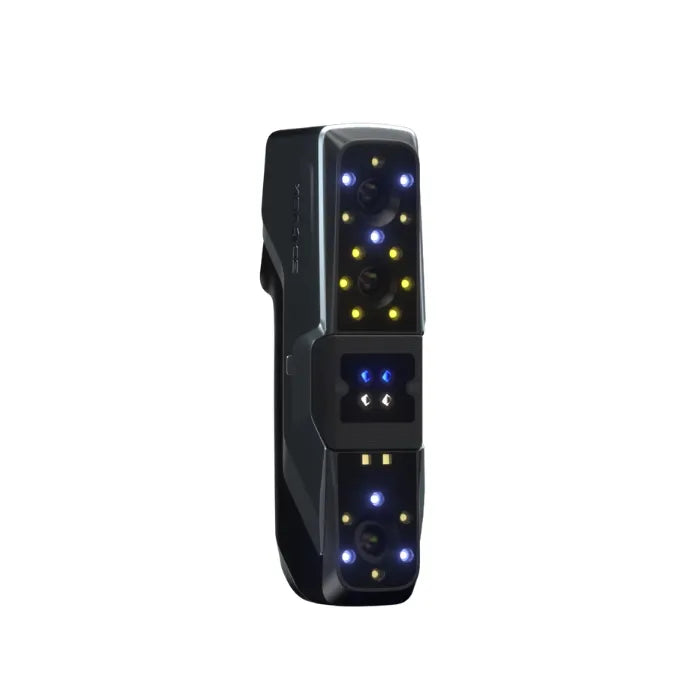
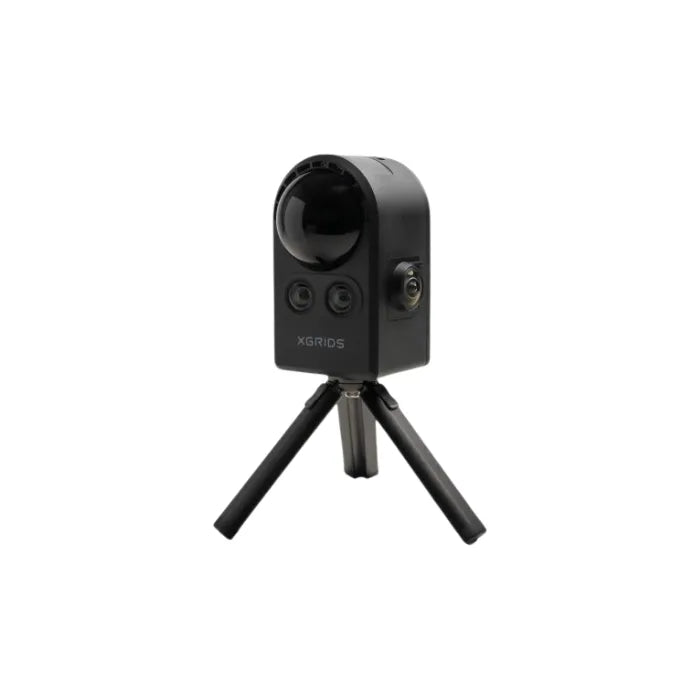
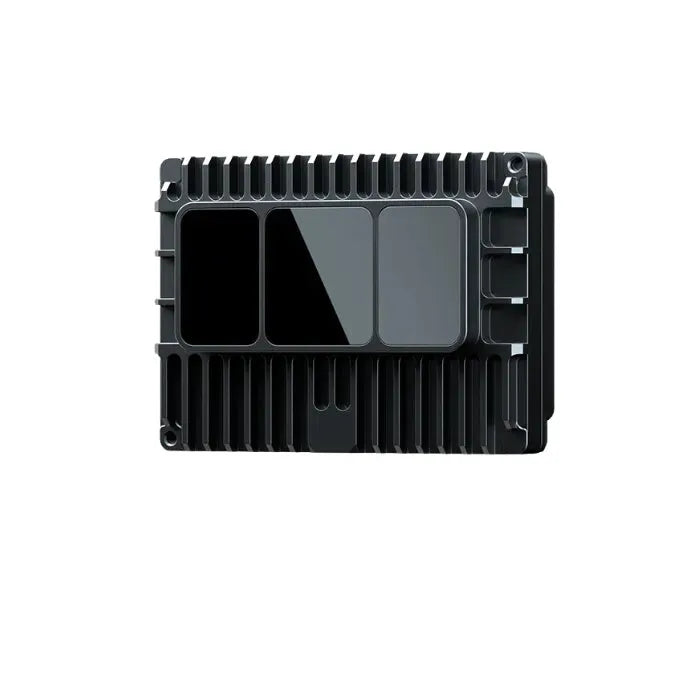
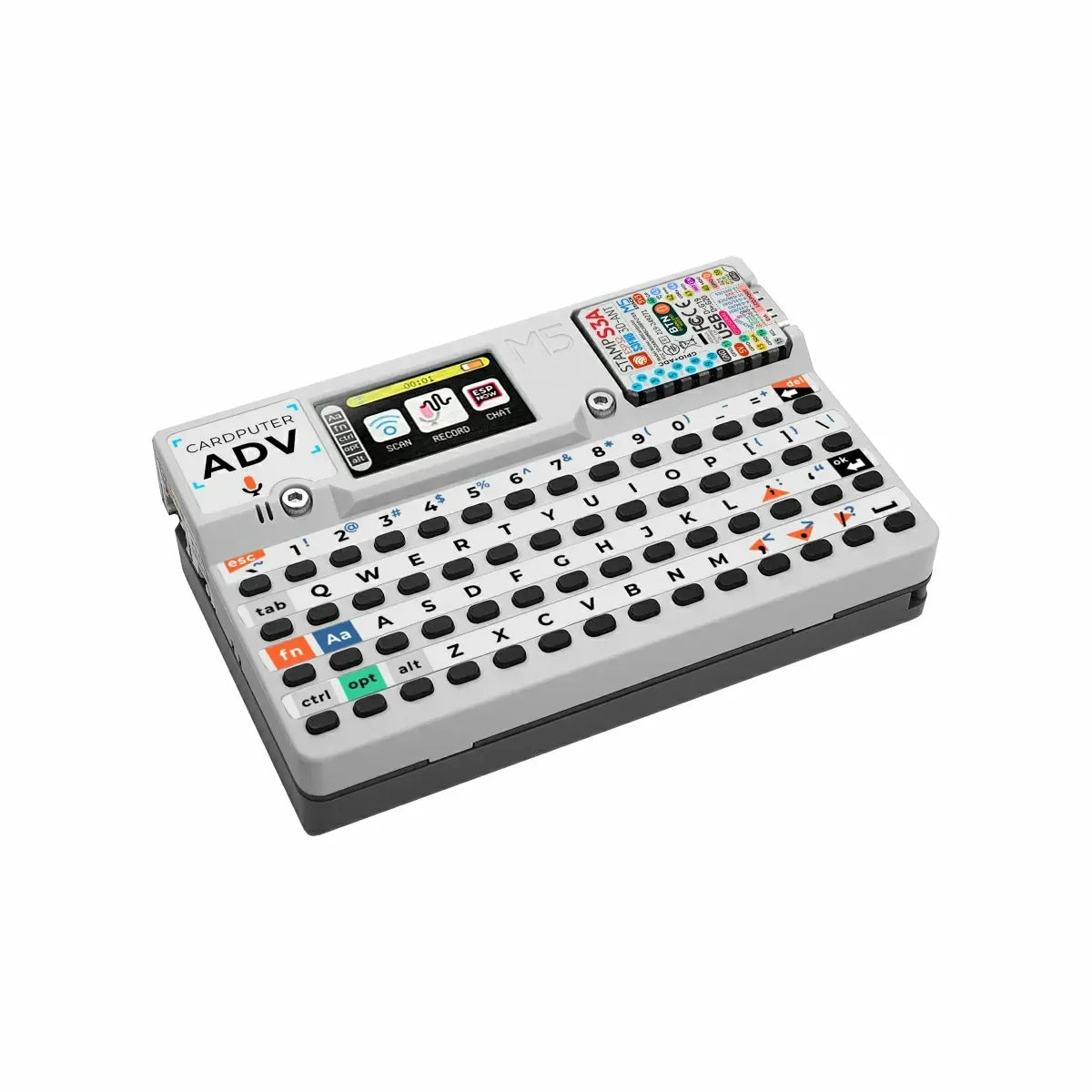



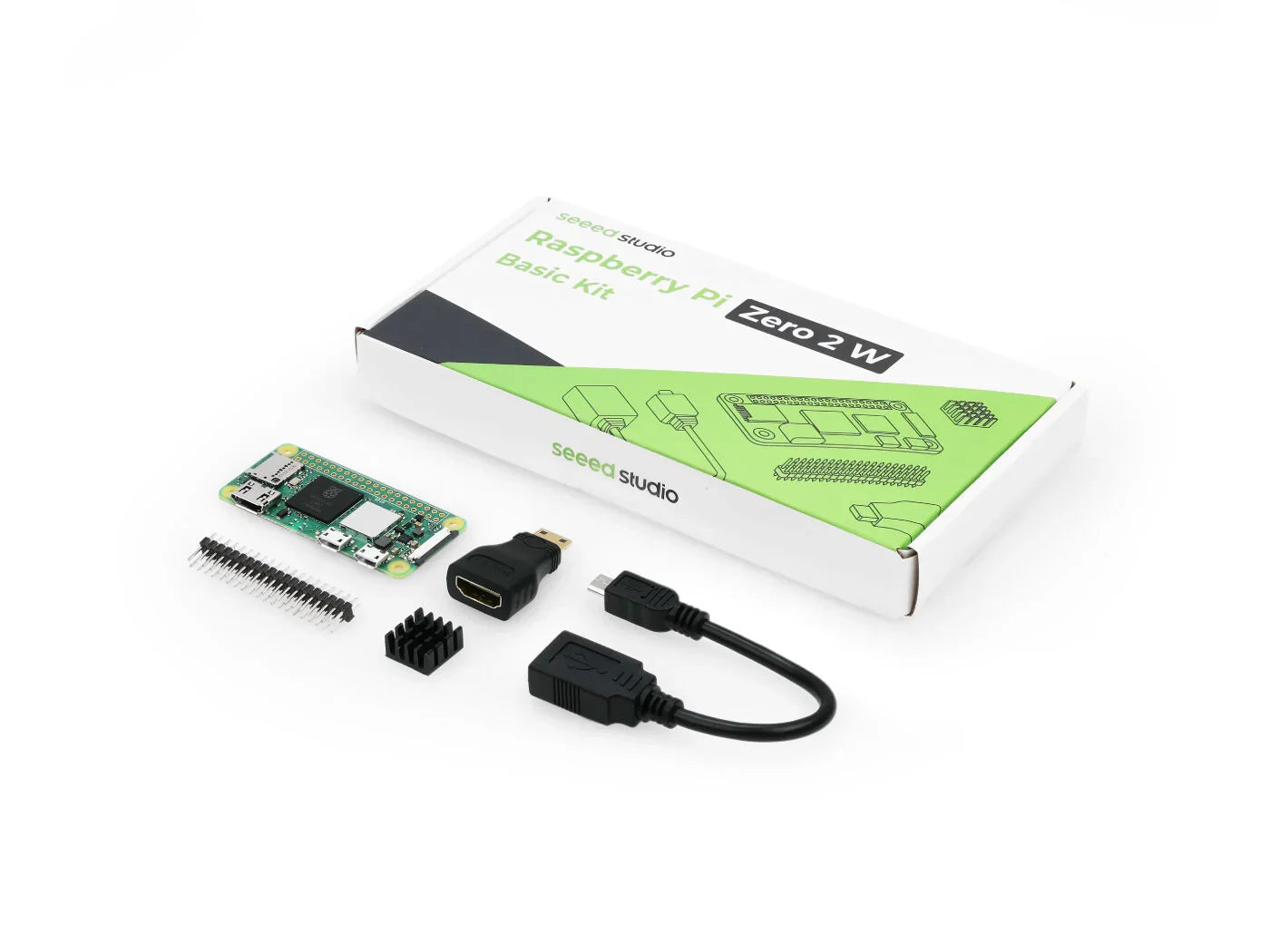








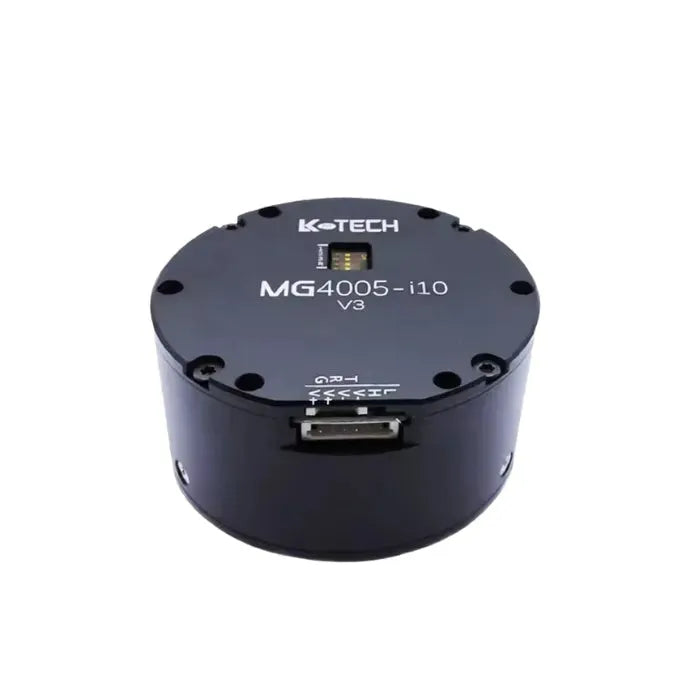












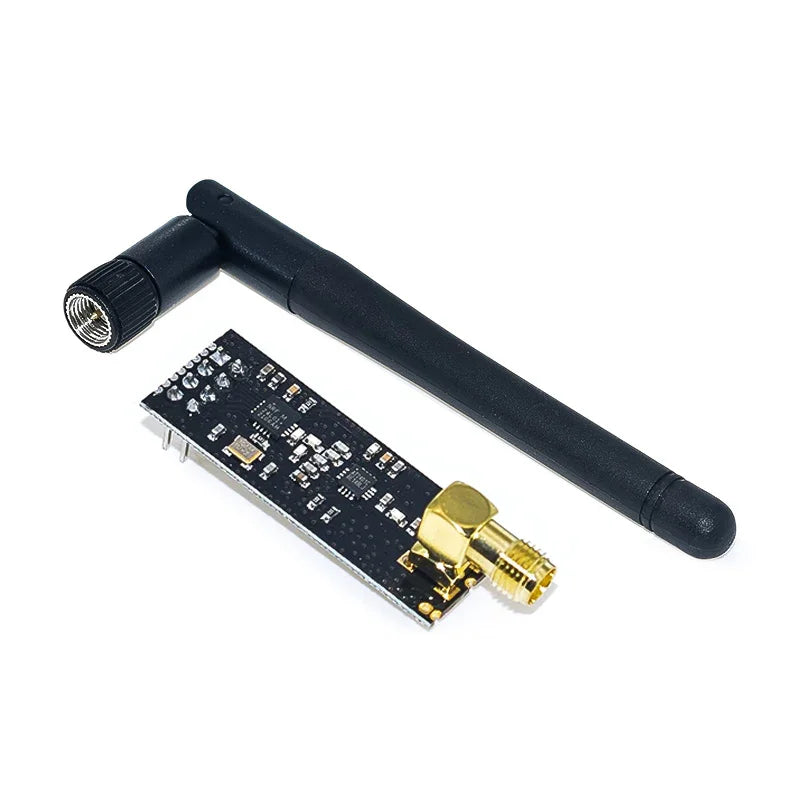





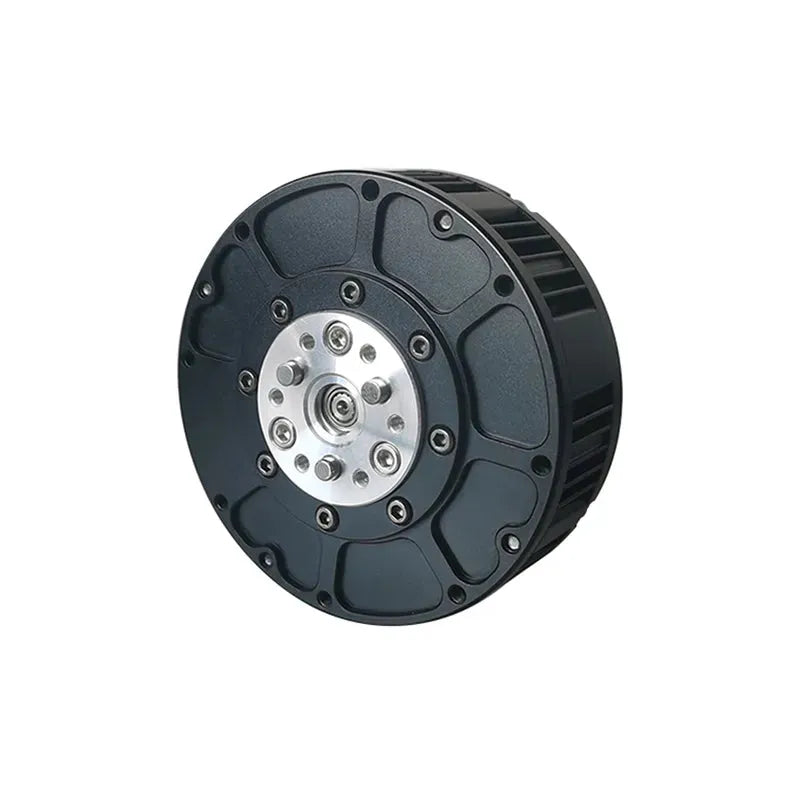
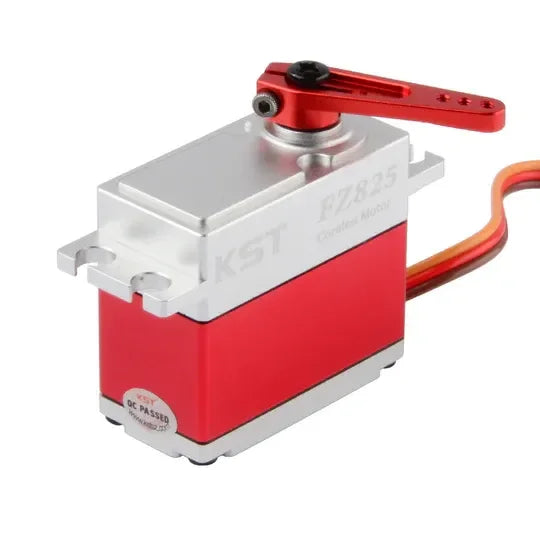
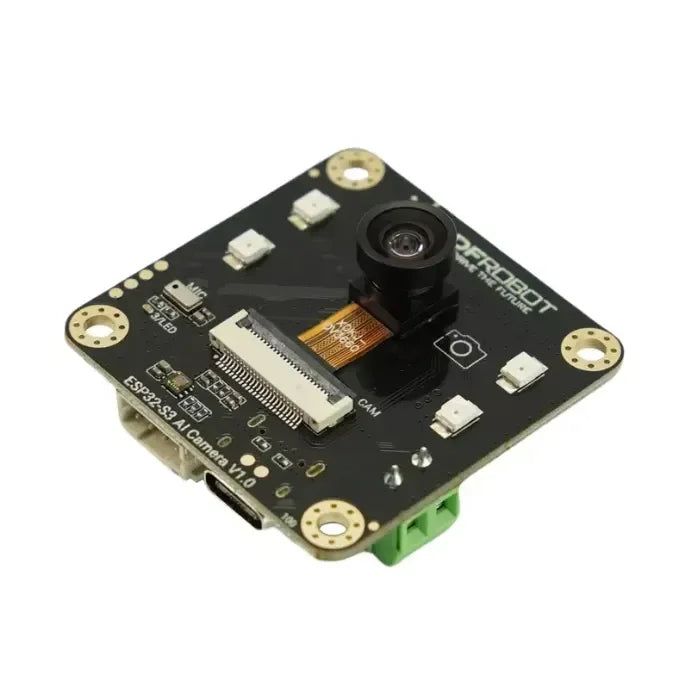



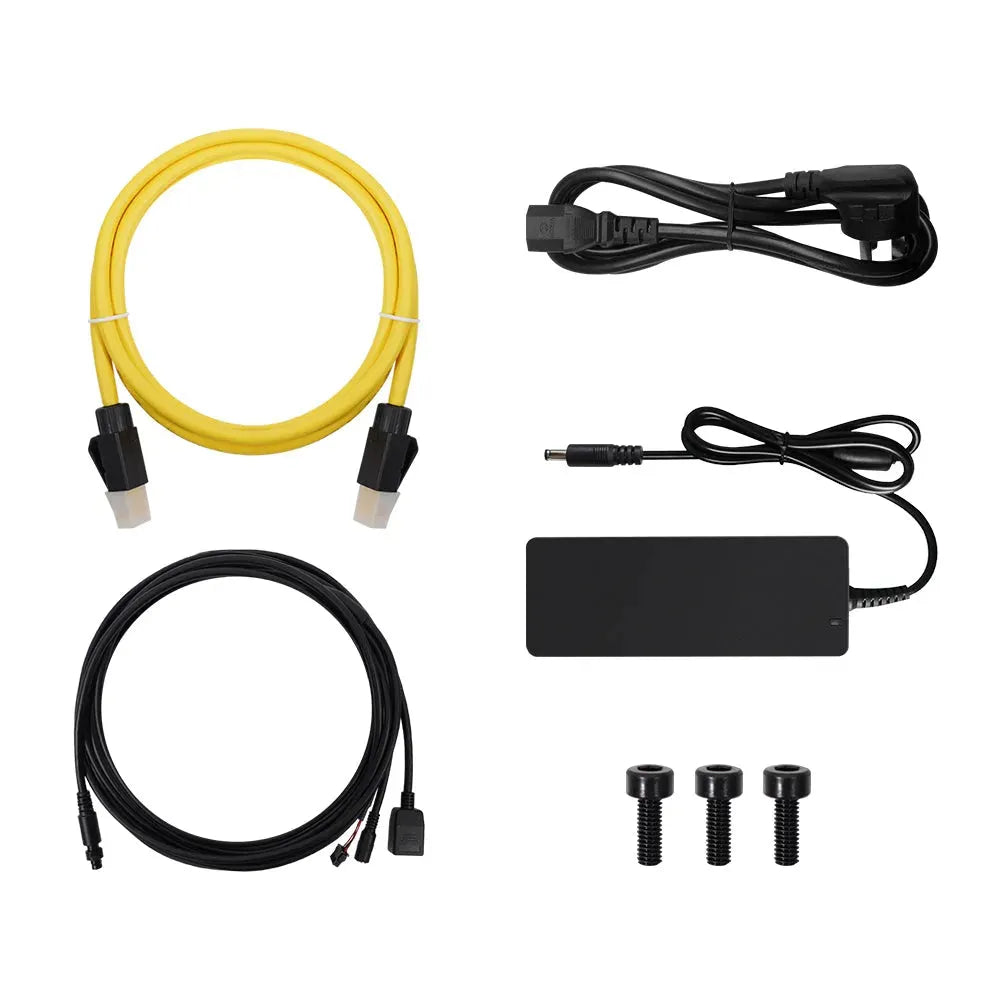



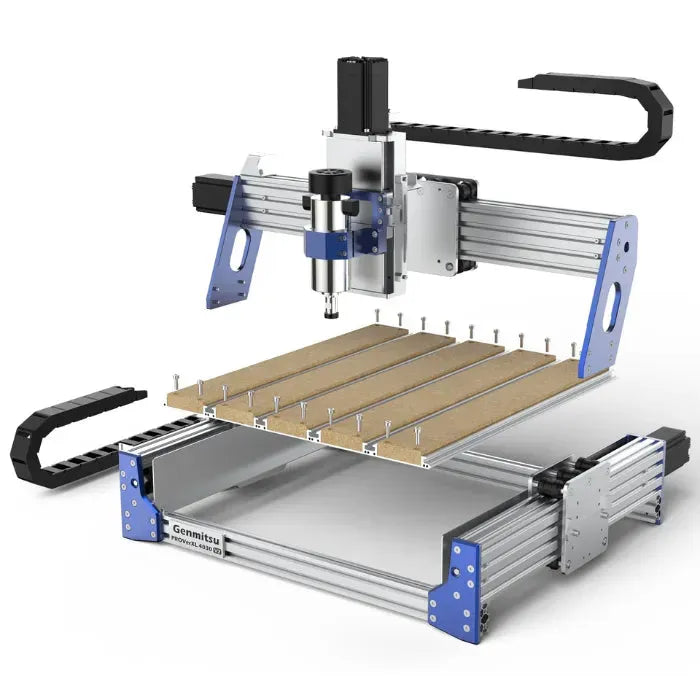

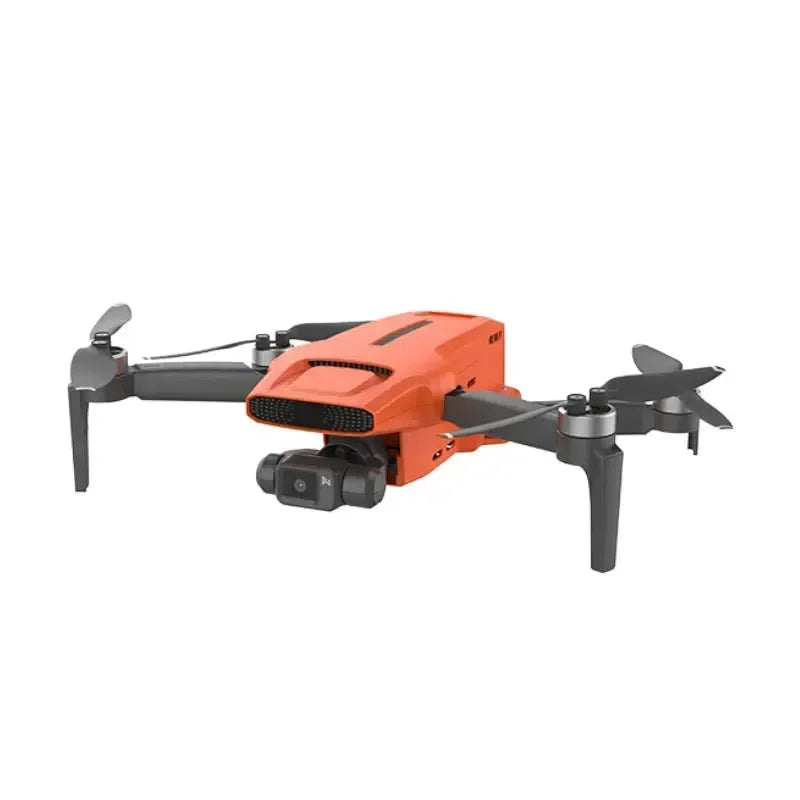







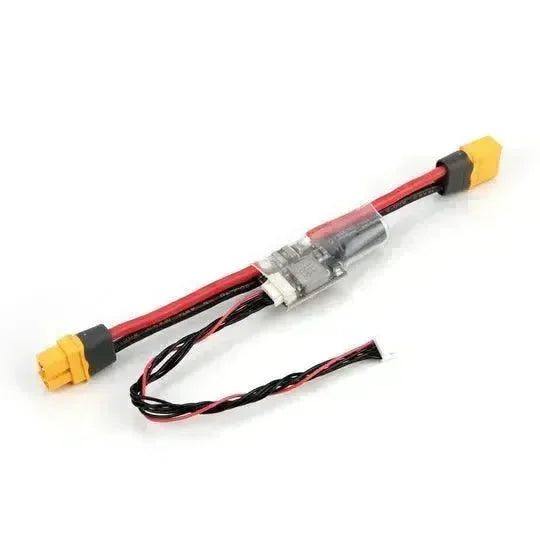



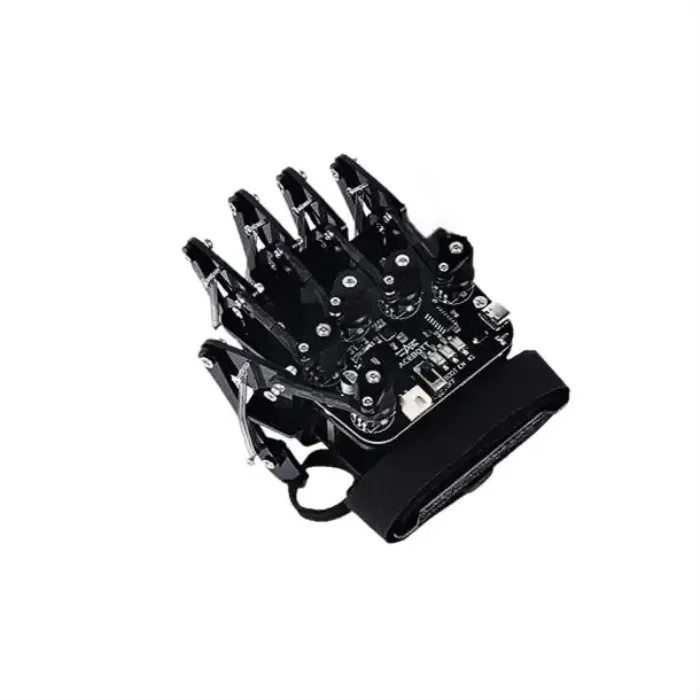


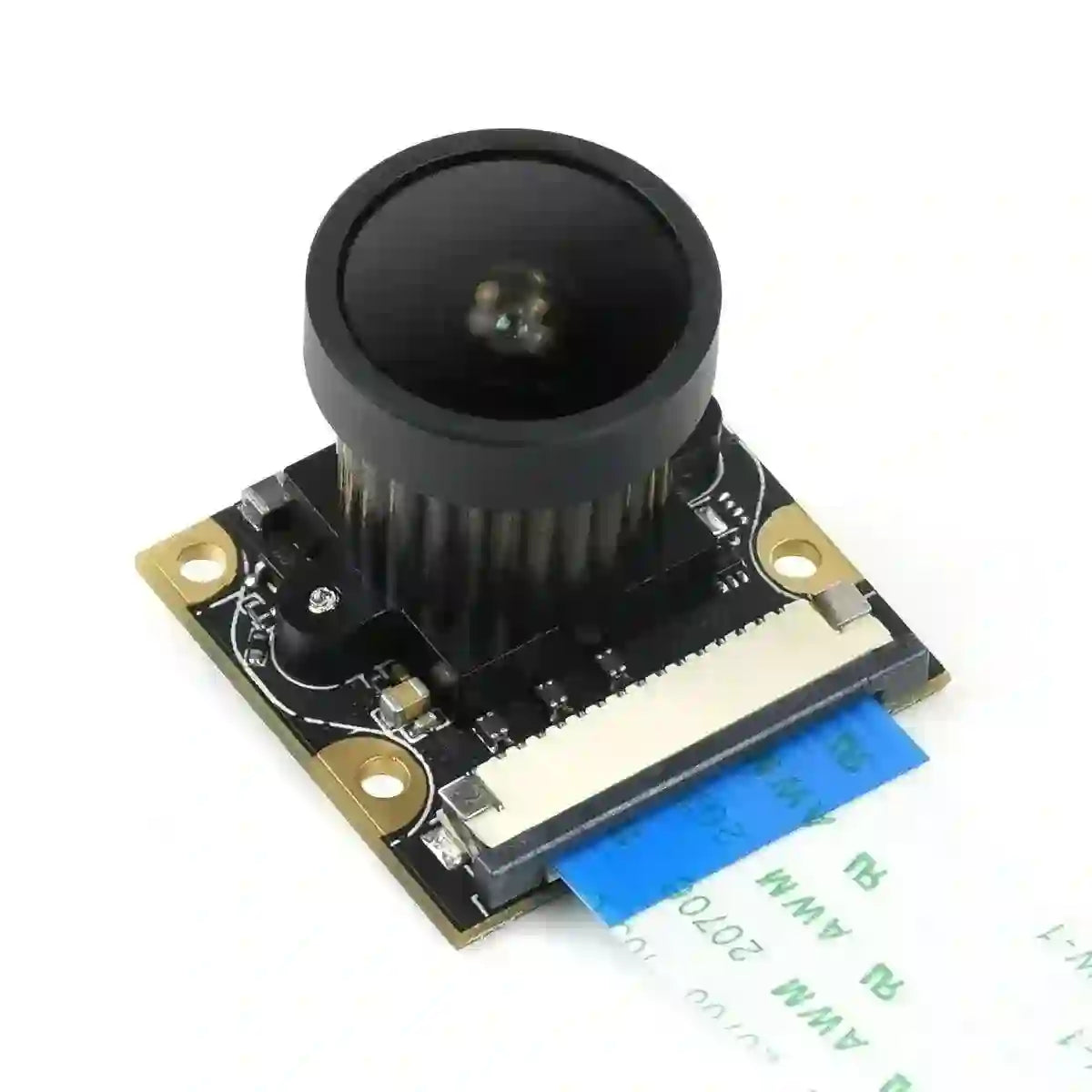






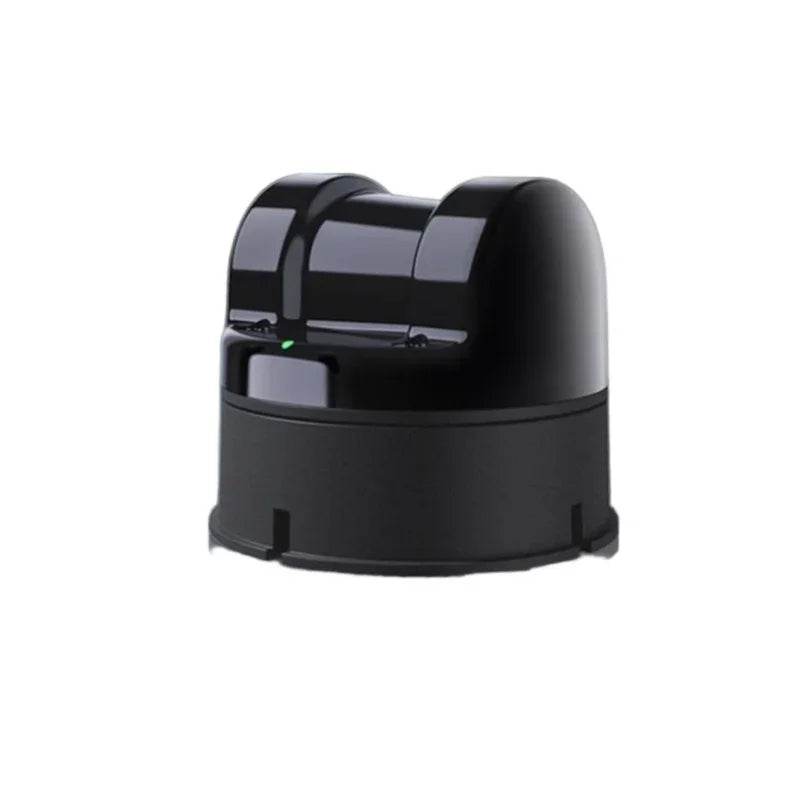

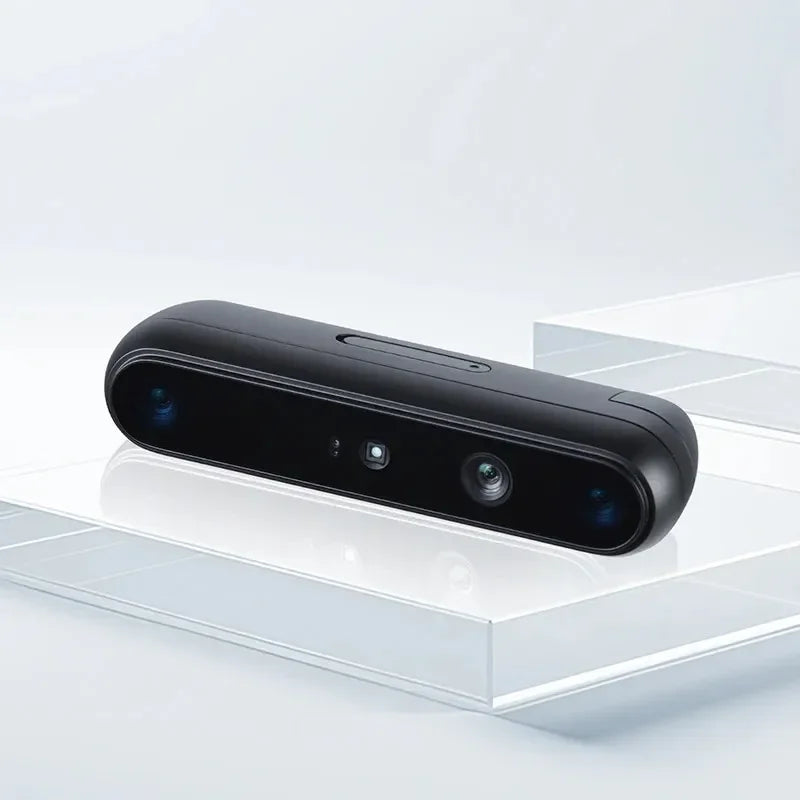




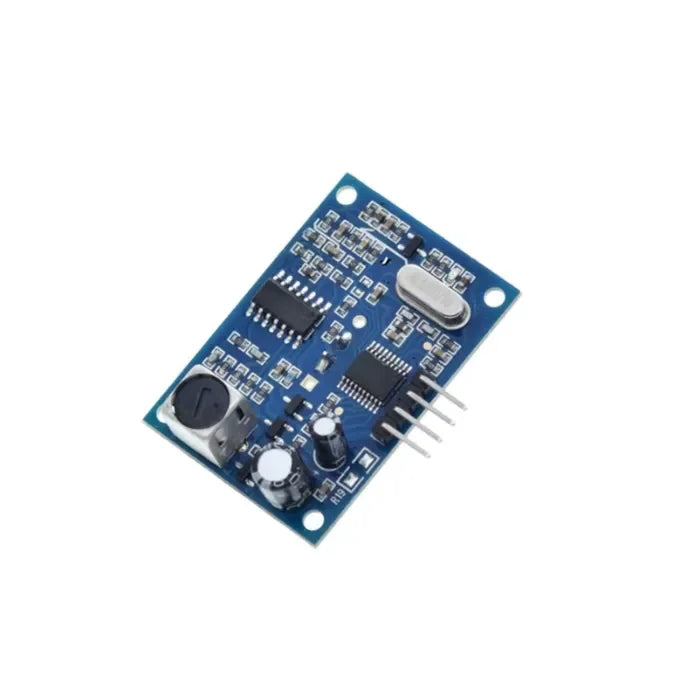






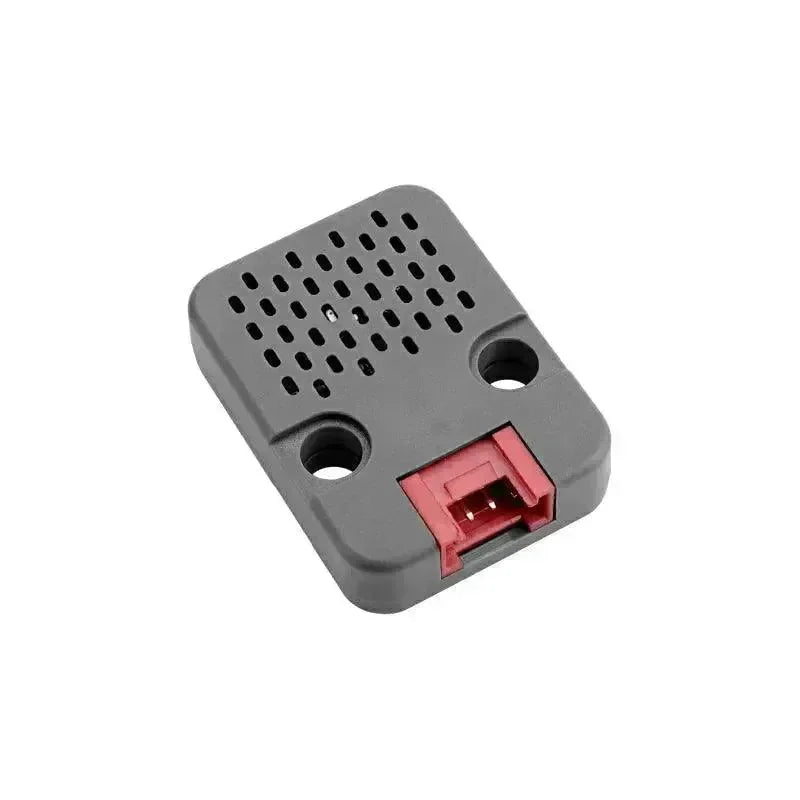
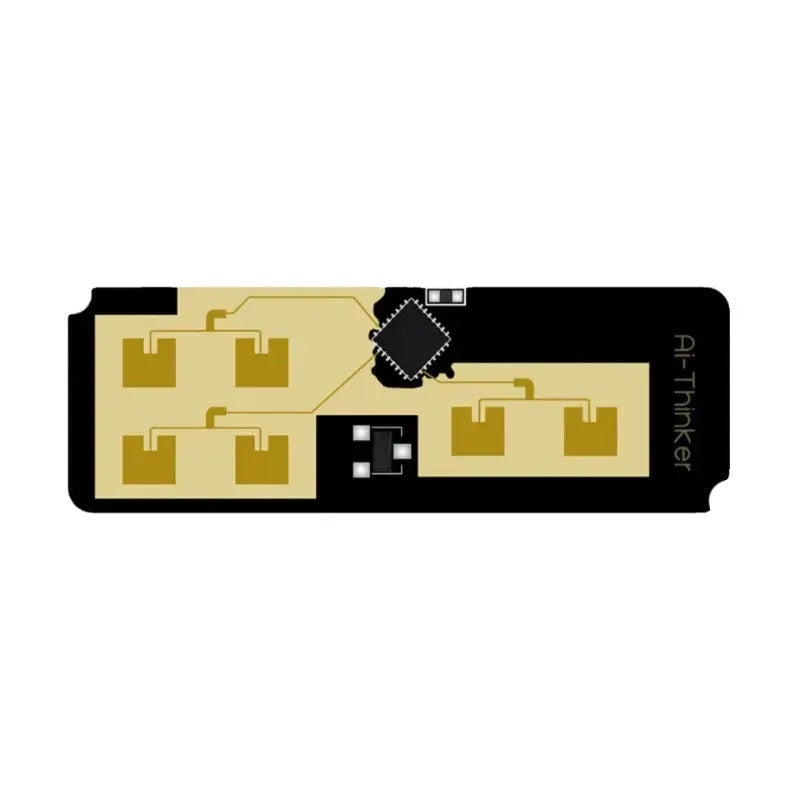
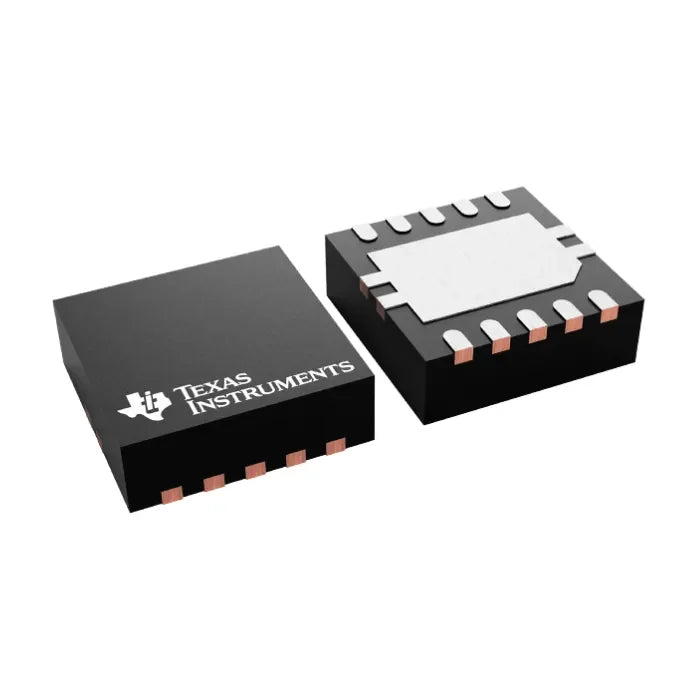

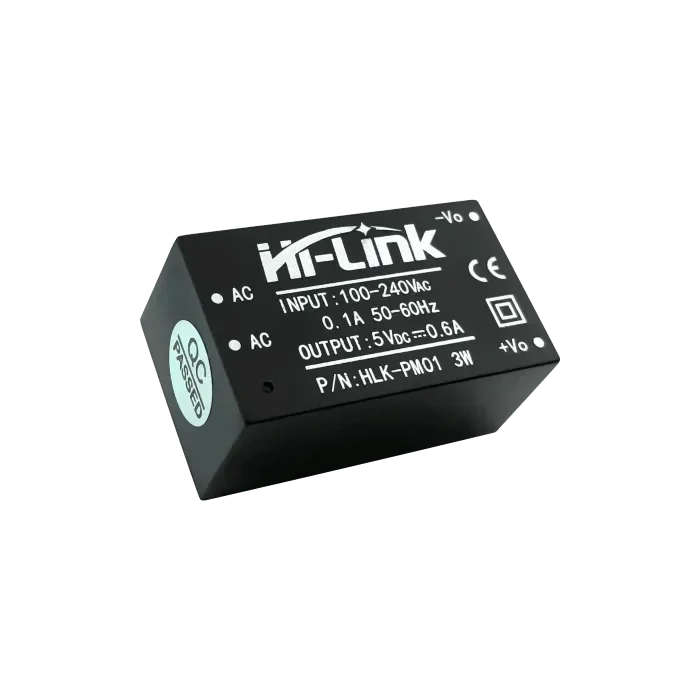








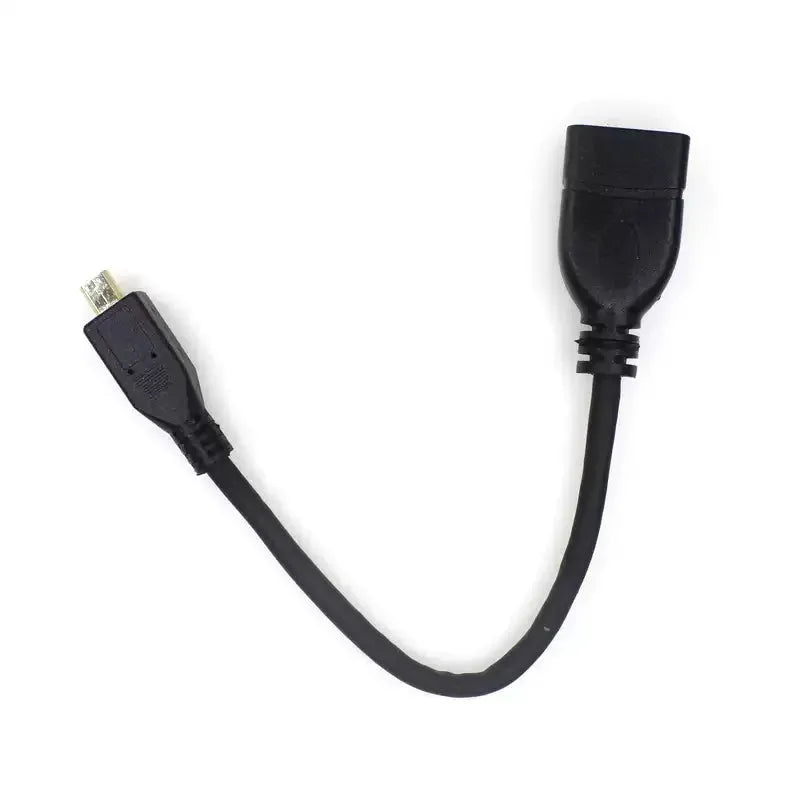







1 comment
Riyaz
Quite exciting! The next frontier is embodied intelligence, in which AI not only thinks but also perceives, moves, and interacts with the physical world. We are developing robots that are capable of adapting like living things—from warehouse automation to elder care and even space exploration—by integrating sensors, real-time learning, and environmental feedback. Situational intelligence is now more than just artificial intelligence. The robotics of the future is not just science fiction anymore; it is already taking shape.